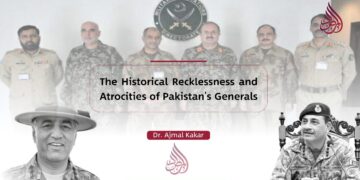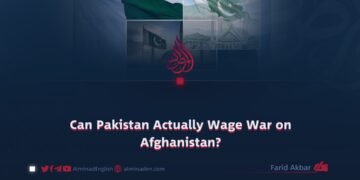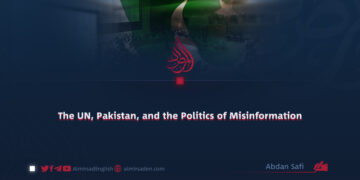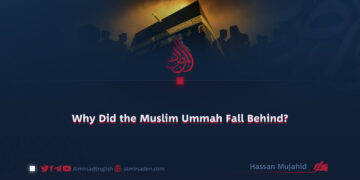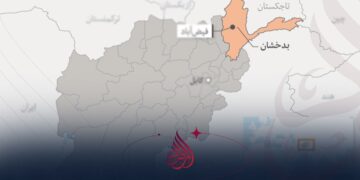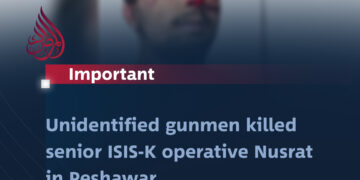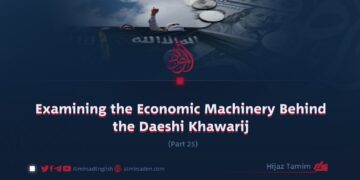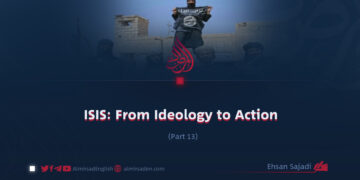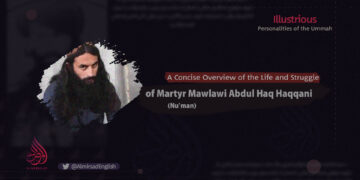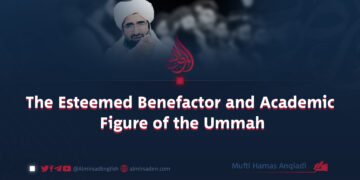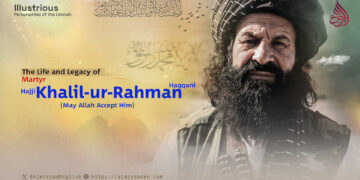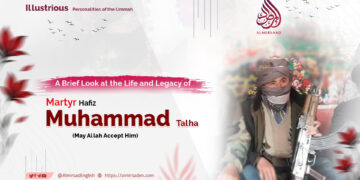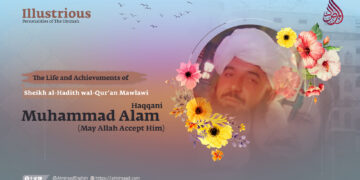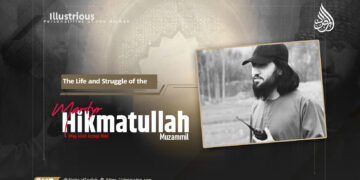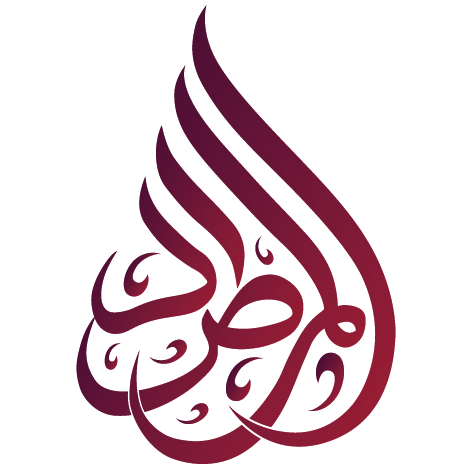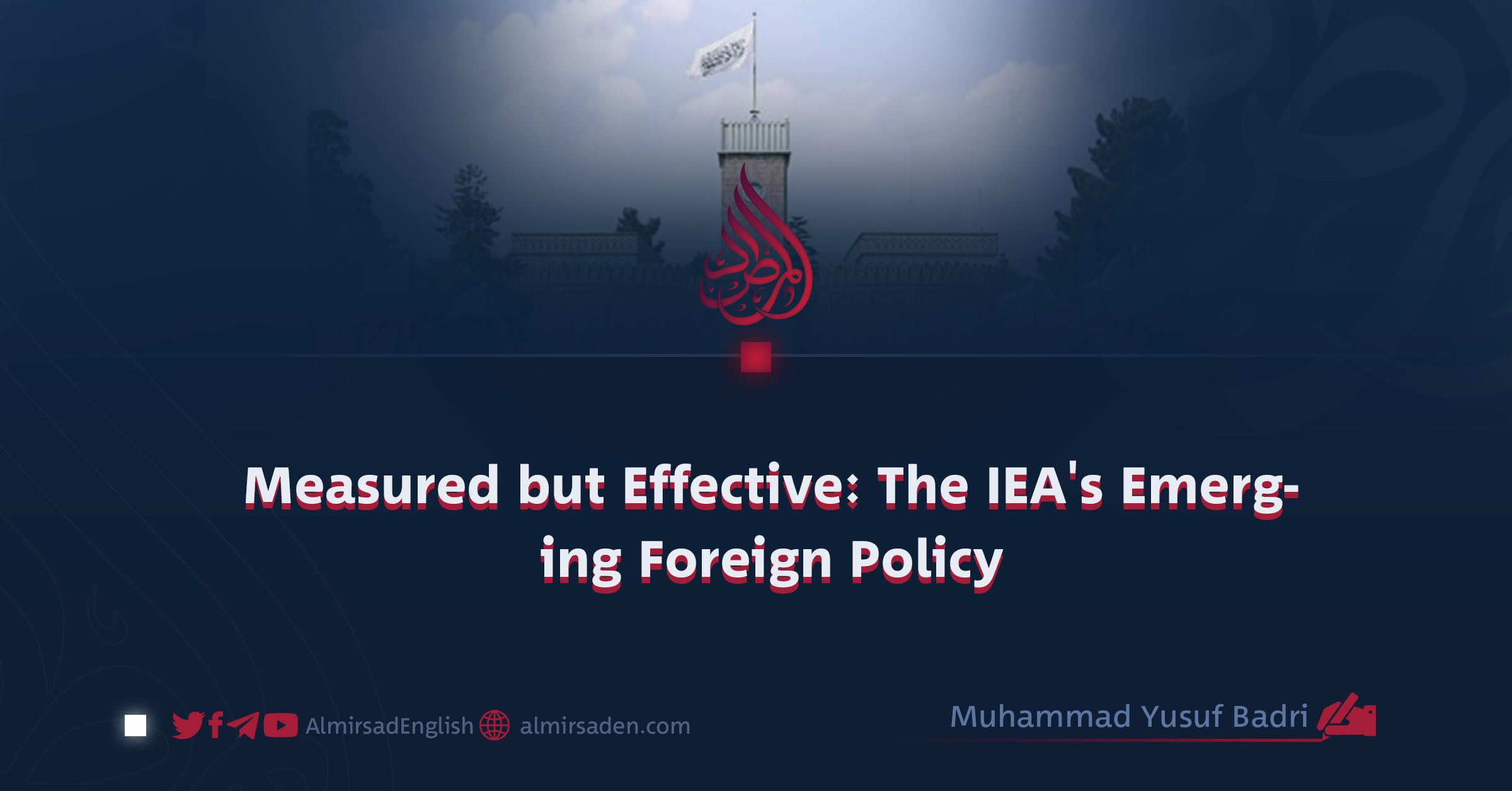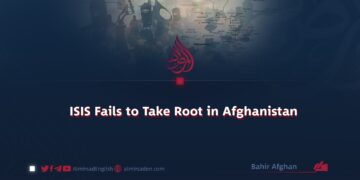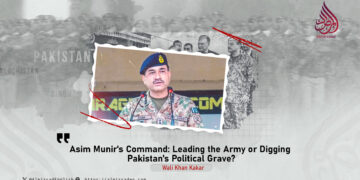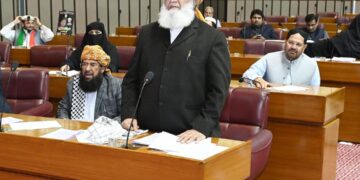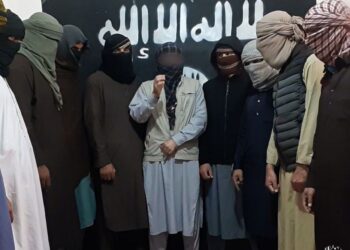By Muhammad Yusuf Badri
The Islamic Emirate of Afghanistan (IEA) has entered a new chapter in its political life, laying the groundwork for a foreign policy that combines subtlety with effectiveness. This approach has not only opened up regional diplomatic space but has also created fresh avenues for Afghanistan’s international legitimacy, economic revival, and constructive global engagement. It reflects a leadership guided by prudence, balance, and clarity of vision, one that seeks to replace isolation with dialogue and distance with cooperation.
Over the past few years, the IEA’s diplomatic reach has expanded noticeably across the region. Its external engagements now resemble those of a self-assured and respected state, rather than a government cut off from the world. The reopening of several foreign embassies in Kabul, the continued operation of Afghan diplomatic missions abroad, and the facilitation of visa and consular procedures for Afghan citizens all point to a growing trust between Afghanistan and the international community, a trust strengthened by stability at home and confidence in the IEA’s direction.
Among the most important developments has been the effort to attract foreign investment. The IEA has worked to reassure investors by providing security and establishing a streamlined regulatory and institutional framework. As a result, companies and entrepreneurs from China, Russia, Qatar, Turkey, and other countries have begun exploring opportunities in Afghanistan’s energy, infrastructure, mining, agriculture, and construction sectors.
Equally significant has been the effort to connect Afghanistan’s domestic products to international markets. Today, Afghan exports such as dried fruits, pine nuts, carpets, medicinal herbs, and other local goods are finding regular buyers in Central Asia, China, India, and the Gulf states. These exports have become a source of vitality for the national economy, while also bringing a degree of stability and optimism to everyday life.
The IEA’s active participation in international and regional gatherings has further strengthened its diplomatic profile. One notable example was the Moscow Format meeting in Russia, where Afghanistan’s Foreign Minister, Mawlawi Amir Khan Muttaqi, represented the country in an official capacity. The meeting broadened mutual understanding among regional states and underscored the IEA’s readiness to work toward peace, cooperation, and shared development.
Another important milestone was Minister Muttaqi’s visit to India, conducted at the official invitation of the Indian government. The warm reception and high-level protocol extended by India’s Ministry of External Affairs signaled a new phase in engagement between the two countries. Both sides discussed elevating diplomatic relations, expanding trade and medical cooperation, developing transit routes, and facilitating exchanges between their peoples. The visit took place at a sensitive moment when certain neighbors were seeking to isolate Afghanistan, yet the IEA’s measured diplomacy helped neutralize those efforts and reinforce its standing as a credible regional actor.
Today, the IEA’s foreign policy is guided by the principle of “legitimacy through engagement.” It seeks not confrontation but connection, an approach that fulfills the aspirations of the Afghan people while presenting an image of a nation proud of its identity, faith, and independence, yet open to cooperation on the world stage.
The IEA has gone beyond mere declarations of intent. Through steady, practical steps, it has nurtured an atmosphere of confidence and mutual respect. These efforts convey a clear message: Afghanistan has moved from the margins to become a capable, respected, and essential partner in the evolving fabric of regional and international relations.

